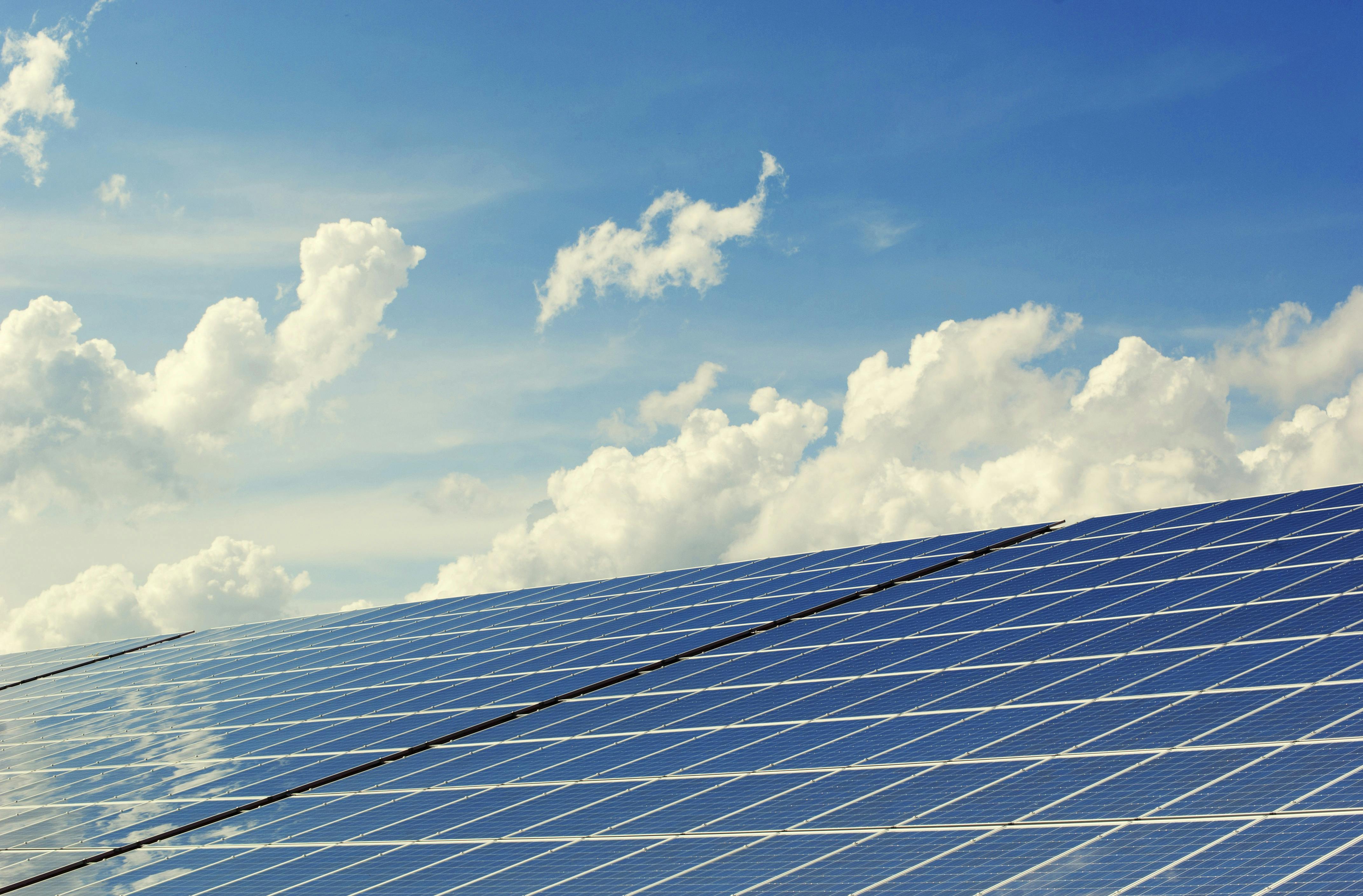
We’re all pretty familiar with solar panels now, having seen them installed in fields, on roofs, and even on everyday electrical items like the lights in your yard.
But what if you could become the solar panel, harnessing power from the sun as you go about your daily life?
That’s what researchers at the University of Oxford, UK, have turned their expertise to in a recent study.
In a statement, the University’s Physics Department explain that the revolutionary technology – a perovskite coating – that they have created is even more efficient and convenient than the silicon used in traditional solar panels:
“The innovation works by coating a new power-generating material onto the surfaces of everyday objects such as rucksacks, cars, and mobile phones.
The new light-absorbing material is, for the first time, thin and flexible enough to apply to the surface of almost any building or common object. Using a pioneering technique developed in Oxford, which stacks multiple light-absorbing layers into one solar cell, the researchers have harnessed a wider range of the light spectrum, allowing more power to be generated from the same amount of sunlight.”
So why does this matter?
Firstly, applying this power-generating material to any object is much more convenient.
Unlike traditional solar panels, which require a lot of space – often leading to farms, ranches, and forests having to be cleared, causing habitat, biodiversity and income loss – this material can easily slot into our everyday lives.
While we’re out enjoying the sunshine our phone can be recharging, our backpack generating the energy for our evening meal or Netflix binge.
The valuable energy from the sun’s rays will not be lost.
Secondly, it is much more efficient in generating power from the sun’s rays, as the statement goes on to explain:
“‘During just five years experimenting with our stacking or multi-junction approach we have raised power conversion efficiency from around 6% to over 27%, close to the limits of what single-layer photovoltaics can achieve today,’ said Dr Shuaifeng Hu, Post Doctoral Fellow at Oxford University Physics. ‘We believe that, over time, this approach could enable the photovoltaic devices to achieve far greater efficiencies, exceeding 45%.’
This compares with around 22% energy efficiency from solar panels today (meaning they convert around 22% of the energy in sunlight), but the versatility of the new ultra-thin and flexible material is also key. At just over one micron thick, it is almost 150 times thinner than a silicon wafer. Unlike existing photovoltaics, generally applied to silicon panels, this can be applied to almost any surface.”
With plans to manufacture the perovskite coating in the UK, and ultimately apply it to all kinds of everyday items, like cars, mobile phones, this kind of cheap renewable energy could become the norm.
It reduces the need for expensive and large-scale energy generation infrastructure, and will allow us all to play a part in making our environment cleaner and our world a better place.
As we work to tackle the climate crisis, this kind of innovation could be a key player in reaching our targets of clean energy generation.
If you thought that was interesting, you might like to read about a second giant hole has opened up on the sun’s surface. Here’s what it means.
